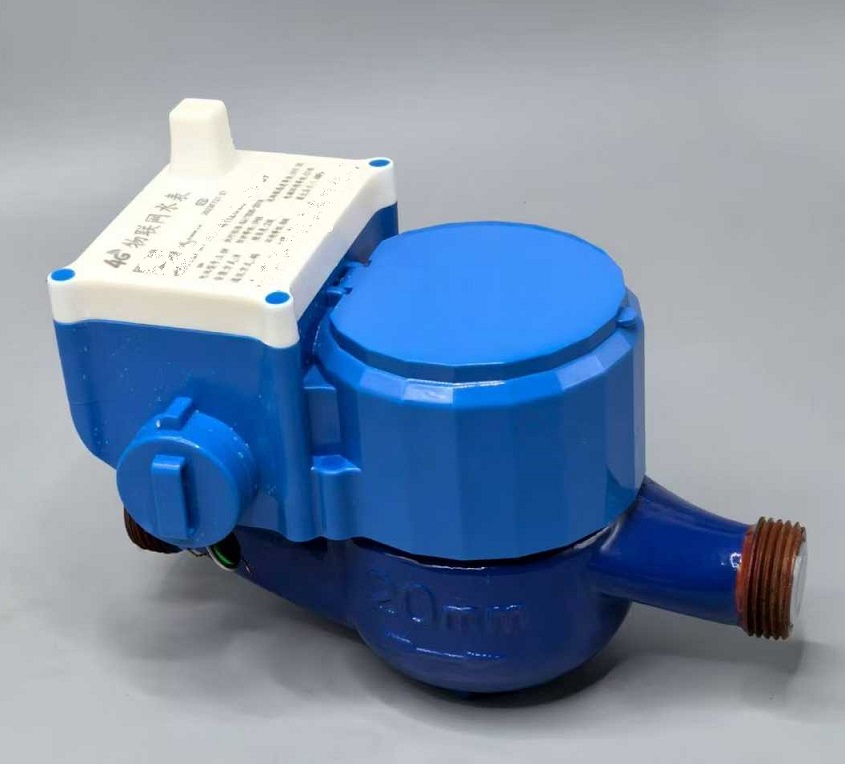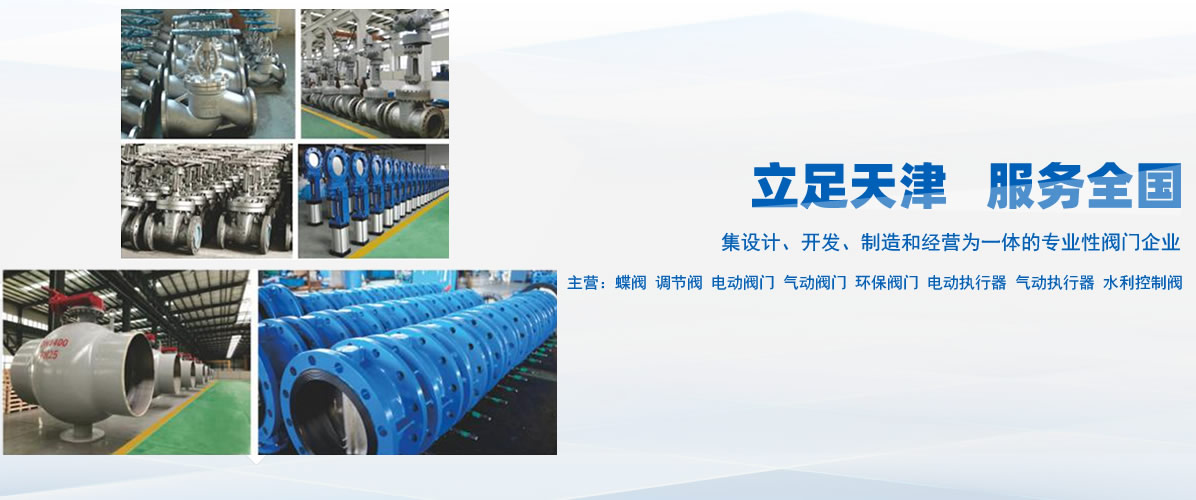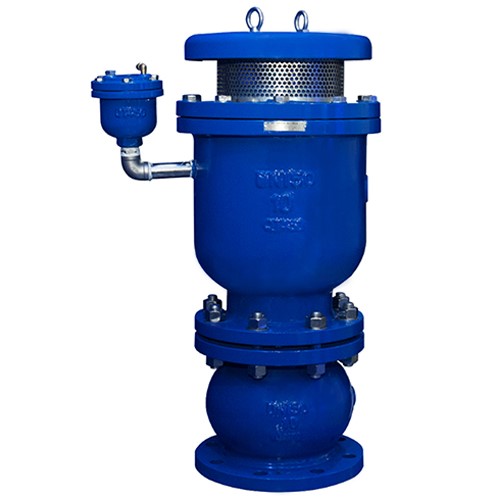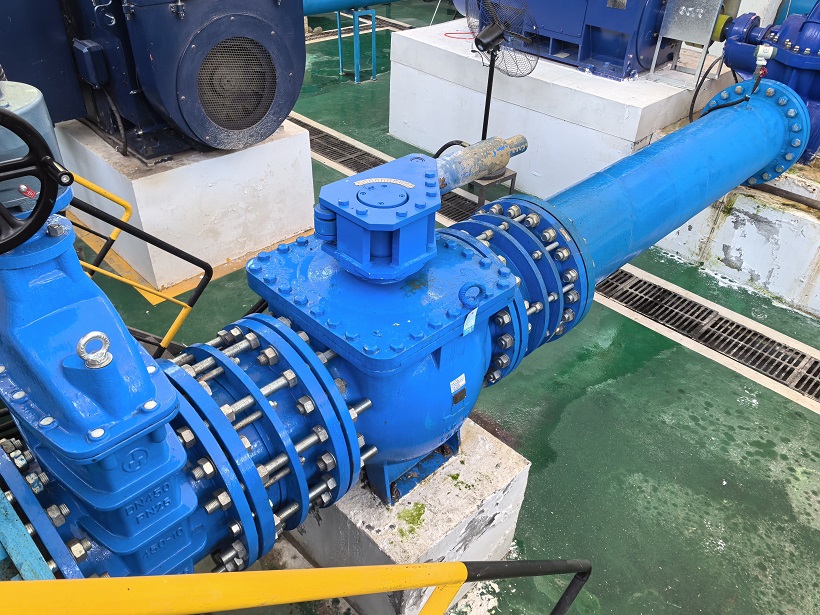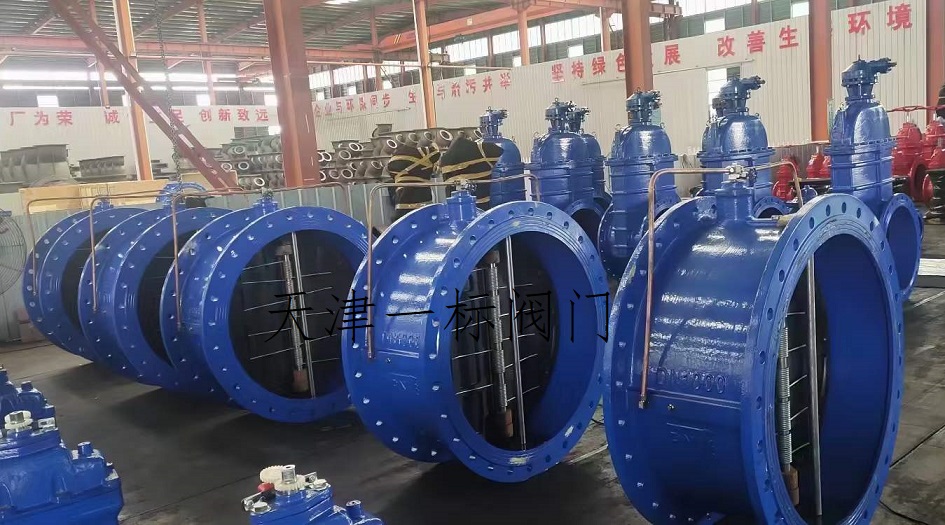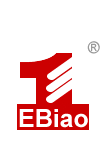IoT water meter
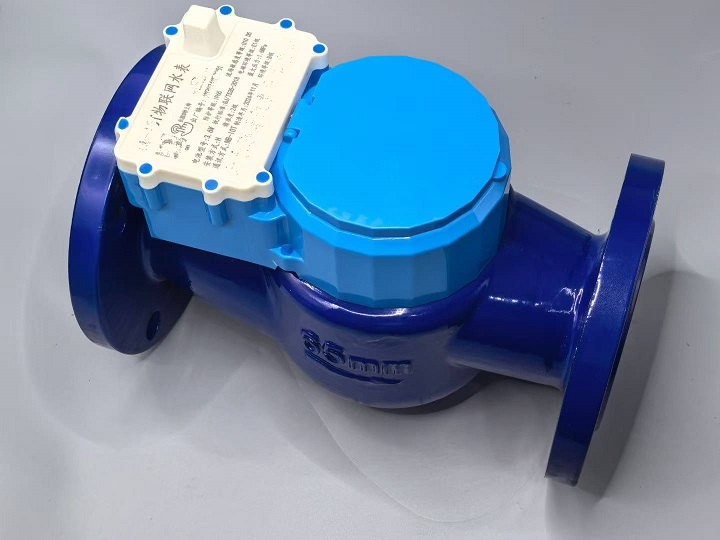
物联网水表 is an intelligent measuring instrument based on Internet of Things technology, which achieves remote collection, transmission, and management of water usage data through wireless communication. Its core features and related information are as follows:
1、 Core Technology
Communication method: Mainly using NB IoT narrowband IoT or 4G cellular network to achieve direct data exchange between water meters and cloud platforms, without the need for concentrator relay, with the advantages of low power consumption and wide coverage.
Measurement technology: By applying non-magnetic sensing technology, precise measurement of electrical signals generated by water flow is achieved, supporting bidirectional flow detection (such as diversion/merging control) with an accuracy of up to 0.001m3.
Protection design: Industrial grade IP68 waterproof and dustproof, suitable for complex environments such as coal chemical industry and petroleum pipelines; Some products are equipped with low-temperature antifreeze shell structure and self-cleaning perspective windows.
2、 Core functions
Remote meter reading: Minute level water usage data feedback, replacing manual recording, supporting tiered water pricing management.
Intelligent valve control: remotely open and close valves to achieve automatic water cut-off and payment resumption for overdue payments, and can also set water usage threshold warnings.
Leakage monitoring: Real time identification of anomalies (such as sustained low flow) through flow fluctuation algorithms, minute level response to leakage events, reducing leakage rates by over 30%.
Abnormal diagnosis: equipped with magnetic field interference detection, water hammer effect suppression function, and automatic alarm when data is abnormal or the battery is low.
3、 Typical application scenarios
Industrial pipeline management:
Coal chemical/petroleum pipeline: stainless steel body adapted to granular media, supporting flow direction switching control.
Brewing industry: for example, the production line of Kweichow Moutai Distillery is used for intelligent control of pipe network flow.
Civilian field:
New residential area/old city renovation: Replace traditional water meters and achieve remote meter reading and prepaid management.
Rural drinking water/commercial hotels: support one meter multi card (agricultural irrigation) and centralized water monitoring.
4、 Existing problems and limitations
Signal coverage: There may be network blind spots in old residential areas or remote areas, which can affect the stability of data transmission.
Security risks: Wireless communication poses a risk of data leakage (such as hacker tampering with usage), and cloud protection needs to be strengthened.
Cost pressure: The unit price of IoT water meters is relatively high (about 200-1500 yuan), and the cost of large-scale replacement has become a barrier to popularization.
5、 Market price reference
According to mainstream procurement platform data (July 2025):
Basic model (home DN25): NB IoT wireless model costs about 210-250 yuan, and 4G camera direct reading model costs as low as 47.5 yuan.
Industrial large-diameter models (DN50+): Anti freezing flange type costs about 200-455 yuan, while agricultural irrigation special express costs 1548 yuan.
Summary: IoT water meters significantly improve water management efficiency through high-precision measurement, remote control, and leakage warning, especially suitable for industrial complex environments and smart city projects. However, its cost and signal dependence issues still need to be addressed through technological iterations.

